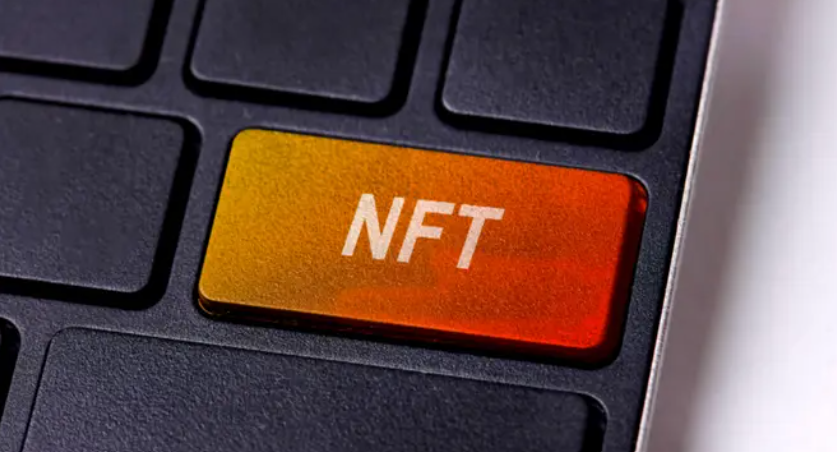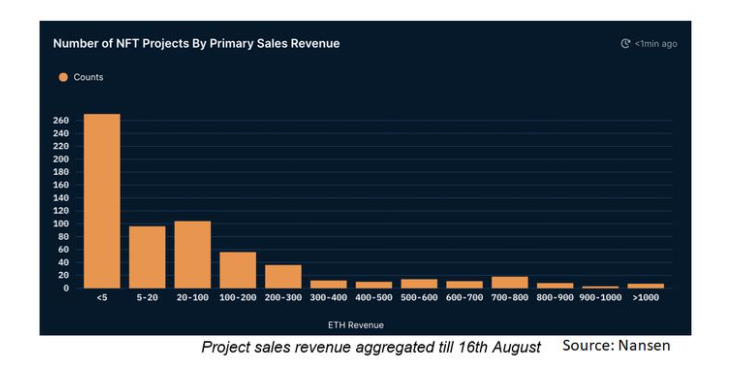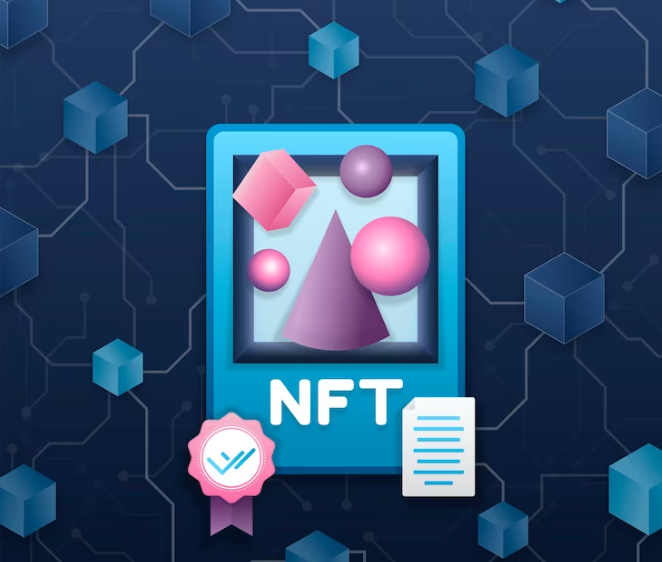NFTs, or non-fungible tokens, have surged in popularity over the past couple of years. Primarily used as a means to convey ownership of digital art and collectibles, NFTs have occasionally risen to the level of fine art.
But there’s an extra hidden cost with NFTs — the environmental impact of using the blockchain to transfer assets. Cryptocurrency’s energy consumption and its impact on the environment has become a hot topic lately. The increase in NFTs is only adding fuel to the flames.
How NFTs work
A non-fungible token uses blockchain technology to certify ownership of an asset. NFTs hold specific information that make them work a bit differently from cryptocurrencies. Most importantly, you cannot replace an NFT with a similar NFT because they’re non-fungible. Any Bitcoin (CRYPTO:BTC) is worth the same as any other Bitcoin, but not so with NFTs.
Most NFTs use the Ethereum blockchain to transfer ownership. When someone buys an NFT on the Ethereum blockchain, they send Ether (CRYPTO:ETH) to the current owner or the marketplace supporting the transaction. In return, they receive the NFT in their wallet. Part of the payment includes the “gas fees,” or service charges associated with the transfer. Those fees go to the owners of the network of computers used to confirm transactions on the blockchain.
If you own an NFT, it’s like owning the rights to a collectible or piece of art. It’s practically impossible to stop anyone from making a digital copy of a publicly displayed jpeg or video file. Owning the rights, however, is more like owning the original painting by an artist, while the copies are more like owning a cheap poster print. The original is valuable; the print is practically worthless.
How do NFTs affect the environment?
The environmental challenge for NFTs is one the entire crypto industry suffers from.
As previously mentioned, the majority of NFTs use the Ethereum blockchain, which uses a proof-of-work system to confirm each new block. That means all the computers on the network (i.e., miners) race to solve a complex problem. The first computer on the network to solve it receives the right to confirm the block and collects the gas fees associated with each transaction in the block, as well as a reward.
As the price of Ether climbs and gas fees increase, the value of solving that problem in the proof-of-work system also increases. As a result, miners are incentivized to invest in more computer power, which draws an increasing amount of energy from the power grid. If that energy comes from sources that emit greenhouse gases or are otherwise harmful to the environment without anything to offset it, it will negatively affect the environment.
But determining how NFTs specifically affect the environment is tough to figure out. NFTs represent a small portion of transactions on the Ethereum blockchain. It’s unclear whether they’ve meaningfully moved the needle in terms of the amount of computer power that miners are adding to the network to solve those complex problems. Although it’s likely NFTs have a non-zero impact, it might not be as big of an impact as the broader adoption of crypto and decentralized finance (DeFi) in general.
Environmentally friendly NFTs
There are a few ways to make NFTs more environmentally friendly.
First, there’s a move within the crypto space to use more renewable sources of energy for mining. But that solution poses its own problems of continued pressure on the electric grid, not to mention that renewable energy could likely go toward other, more pressing needs, such as keeping people’s lights on.
Other options involve changes with the underlying technology for NFTs. Using a blockchain that relies on the more energy-efficient proof-of-stake system can cut consumption and greenhouse gas emissions attributed to NFTs. With a proof-of-stake system, miners lock up a certain amount of cryptocurrency, which gives them the chance to confirm the next block on the blockchain. Computer power becomes irrelevant.
Several blockchains already use the proof-of-stake system and support NFTs, including Cardano (CRYPTO:ADA) and Solana (CRYPTO:SOL). Ethereum has been working to migrate to a proof-of-stake system called Ethereum 2.0. It’s been working on the change for years now, though, and there’s no clear date for the switch.
Another solution to the environmental challenge is to use a second layer on top of the blockchain. A second layer would allow anyone to make transactions outside of the blockchain and then batch-process them all at once in one big transaction on the blockchain itself. There are various “Layer 2” solutions for all sorts of blockchains, one of the most noteworthy being the Bitcoin Lightning Network.
What does the future hold for NFTs?
There’s a broad push from both artists and collectors to make NFTs more environmentally friendly. Not only that, there’s also pressure for the entire cryptocurrency industry to reduce the environmental impact of crypto assets.
If the market demands a more environmentally responsible way to buy, sell, and collect NFTs, the industry will deliver. Solutions already exist, and many NFT marketplaces and platforms are pushing the environmental friendliness of their services. We may see more NFT projects migrate to those platforms and switch to blockchains that use the proof-of-stake system to confirm transactions.
But no other blockchain that supports smart contracts necessary for NFTs has the reliability and reputation of Ethereum. So, bigger NFTs, such as unique creations from artists like Beeple, may still want to use the Ethereum blockchain. To that end, it’s on the Ethereum network to migrate to Ethereum 2.0 or develop a reliable Layer 2 solution for NFTs on the Ethereum blockchain.
Should you consider investing in NFTs?
If NFTs have piqued your interest, but you’re worried about the environmental impact of buying and selling on the blockchain, you may want to do some additional research before you invest. Finding NFTs that use a proof-of-stake blockchain isn’t difficult, but you’ll be locked out of some of the most popular projects if you refuse to use the Ethereum blockchain.
More importantly, consider the volatility of NFTs. Their value can swing even more wildly than cryptocurrency, and, due to the fact that they’re non-fungible, they can be harder to liquidate since a buyer has to demand your specific NFT. If you need to sell, you may have to accept a price lower than market value or wait for a buyer to meet your price.
If you do plan to invest in NFTs, be sure to buy something you’ll take pride in owning because you may end up stuck with it. The good news is that, if you never sell it, it won’t have any further impact on the environment.














